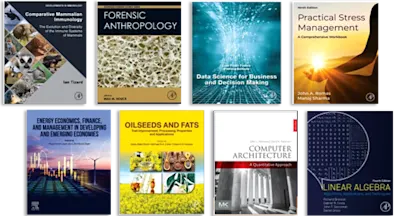
Crash Course Psychiatry
- 5th Edition - December 18, 2018
- Imprint: Elsevier
- Author: Katie FM Marwick
- Editors: Steven Birrell, Shreelata T Datta, Philip Xiu
- Language: English
Crash Course – your effective every-day study companion PLUS the perfect antidote for exam stress! Save time and be assured you have the essential information you need in one pl… Read more
Purchase options

Crash Course – your effective every-day study companion PLUS the perfect antidote for exam stress! Save time and be assured you have the essential information you need in one place to excel on your course and achieve exam success.
A winning formula now for over 20 years, each series volume has been fine-tuned and fully updated – with an improved full-colour layout tailored to make your life easier. Especially written by senior students or junior doctors – those who understand what is essential for exam success – with all information thoroughly checked and quality assured by expert Faculty Advisers, the result are books which exactly meet your needs and you know you can trust.
Each chapter guides you succinctly through the full range of curriculum topics, integrating clinical considerations with the relevant basic science and avoiding unnecessary or confusing detail. A range of text boxes help you get to the hints, tips and key points you need fast! A fully revised self-assessment section matching the latest exam formats is included to check your understanding and aid exam preparation. The accompanying enhanced, downloadable eBook completes this invaluable learning package.
Series volumes have been honed to meet the requirements of today’s medical students, although the range of other health students and professionals who need rapid access to the essentials of psychiatry will also love the unique approach of Crash Course. Whether you need to get out of a fix or aim for a distinction Crash Course is for you!
- Provides the exam syllabus in one place - saves valuable revision time
- Written by senior students and recent graduates - those closest to what is essential for exam success
- Quality assured by leading Faculty Advisors - ensures complete accuracy of information
- Features the ever popular 'Hints and Tips' boxes and other useful aide-mémoires - distilled wisdom from those in the know
- Updated self-assessment section matching the latest exam formats – confirm your understanding and improve exam technique fast
- Edition: 5
- Published: December 18, 2018
- Imprint: Elsevier
- Language: English
SB
Steven Birrell
SD
Shreelata T Datta
PX
Philip Xiu
KM